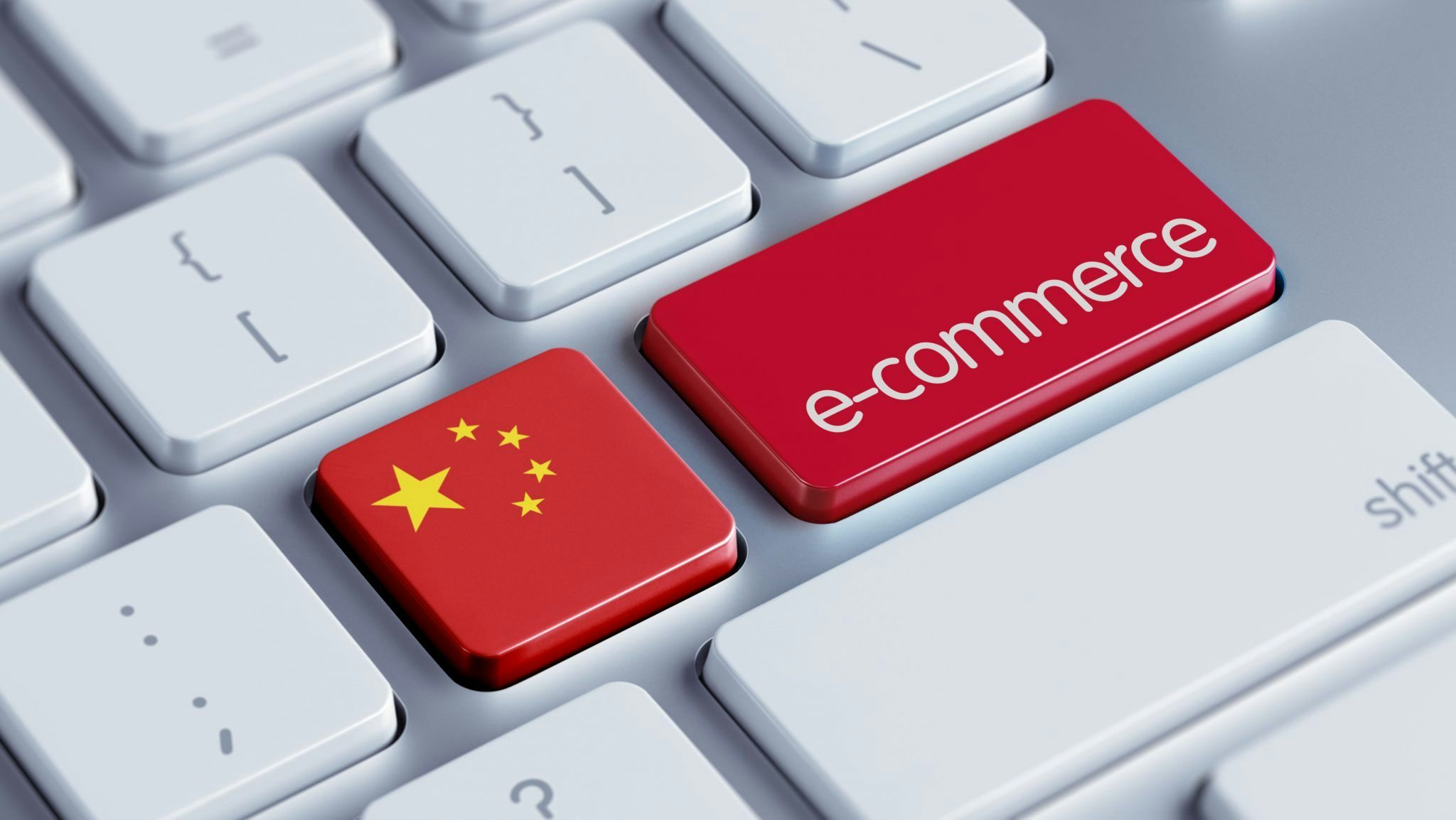Today saw Luxury Daily host its annual Women in Luxury Conference in New York, praising recent advances towards gender equality, and opening discussion on the future of women in luxury industries. Women in China now account for 51 percent of the population’s college graduates, yet despite a huge and increasing cohort of highly educated Chinese women, only 17.5 percent of all companies in China have women in senior leadership roles.
Last month, Humans Rights Watch analyzed 36,000 job advertisements in China, finding that companies regularly list a preference for male employees. In January of this year, Alibaba advertised three roles primarily for men, and in 2016, Baidu was caught out requesting applications from “men and manly women.”
With women still hugely underrepresented among China’s senior executives, companies marketing to them have received backlash against the use of tired female stereotypes in advertising campaigns.
Below, Jing Daily presents five of the most provocative China insights from the Women in Luxury Conference.
Female executives are essential to sales#
A debate at the conference suggested there is a long way to go before many luxury brands can truly understand the mindset of their biggest group of consumers. This is in large part due to the lack of women in managerial roles at many of the luxury industry’s biggest companies- and China lags even further behind in the ranks of senior leadership equality.
Robert Reiss, founder and CEO of The CEO Forum, explained that female senior executives are essential to boosting sales among luxury industries, “In sectors where women are the biggest buyers, it stands to reason that there should be not just the same number, but actually more senior executives than men. This is how brands will thrive and truly understand their own market.”
Last month, Jane Sun, CEO of Ctrip, released an article explaining why she believes a greater female presence is needed in China, to enable innovation and development. “I feel it is critically important to encourage and incorporate the female voice,” said Sun, “From our experience, women have played important roles driving good corporate governance and fostering a culture of teamwork. Decisions made by female leadership are more meticulous and balance risk and reward better.”
Chinese millennials are (still) the future#
The luxury industry’s interest in Chinese millennials showed no signs of slowing at the conference, with partner and managing director of Boston Consulting Group, Sarah Willersdorf, presenting data from their latest luxury report co-released with Altagamma. The report predicts that by 2024, 40 percent of the personal luxury market will be made up of Chinese consumers, and 50 percent of the market will be made by millennials.
Willersdorf spoke to Jing Daily at the event on what makes Chinese millennials stand out from their Western counterparts, “With the Chinese millennial, everything is accelerated. They are more online, they are more social, everything moves even faster. They’re receptive, they want to learn about brands, and most importantly, they have the spending power to do so.”
Women are leading the way with growth of online retail platforms#
According to Poupak Sionit, chief marketing officer at Glamsquad - “the uber of beauty services”, the growing popularity of online retail platforms like Rent the Runway and MatchesFashion demonstrates how female consumers are shaping the future of luxury fashion and beauty. Female consumers now expect and demand fast online retail, without compromising on the level of luxury.
Le Tote launched in China this month, garnering a waiting list of tens of thousands of women eager to sign up for the fashion rental service. In April, Le Tote CEO told Jing Daily, “It was really important to us to get into the Chinese market before the other big players came to grab a piece of it. If we don’t do it now, somebody else will.”
Chinese consumers are more sophisticated than ever#
As the wealth of China’s growing middle-class continues to stabilize, brands are seeing a much more considered approach to luxury spending. Annastasia V.Seebohm, CEO at elite concierge service Quintessentially, told Jing Daily they’ve seen a growing maturity in the type of luxury requests from Chinese clients, “Our Chinese members are now looking for more than just well-known luxury brands. They want meaningful experiences. They want to learn about the history of a brand and be educated.”
Winnie Ma, head of high-end development for watches and fine jewelry at Chanel, said this trend has transcended across the world, “The acquisition of new clients is becoming ever more expensive, and the expectations are bigger than ever before.”
Online authenticity is possible and worth it#
As the world’s e-commerce industry continues to boom, maintaining transparency and authenticity is a challenging task for luxury brands. In China, many foreign brands have found it difficult to work with Chinese platforms, particularly if they have no physical presence in the region.
Willersdorf of BCG told Jing Daily it is possible for brands to sell online and simultaneously maintain buyers’ trust, “It is really just critical that foreign brands are part of the whole e-commerce ecosystem in China right now, whether that be JD.com, Mei.com or Tmall. Tmall faced a lot of issues with counterfeits in the past, but I think they’re really developing their luxury sector with new partners and starting to entice high-end brands. To gain trust with Chinese consumers its vital for brands to have teams of Chinese nationals on the ground, understanding the landscape of China’s e-commerce industry. It is not the future, it is now.”




